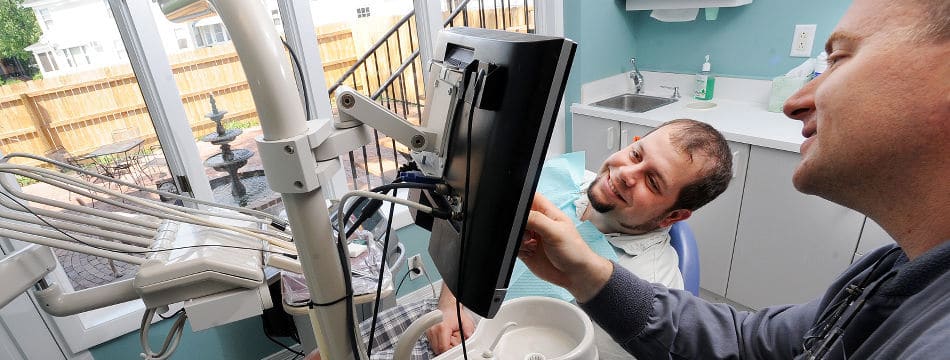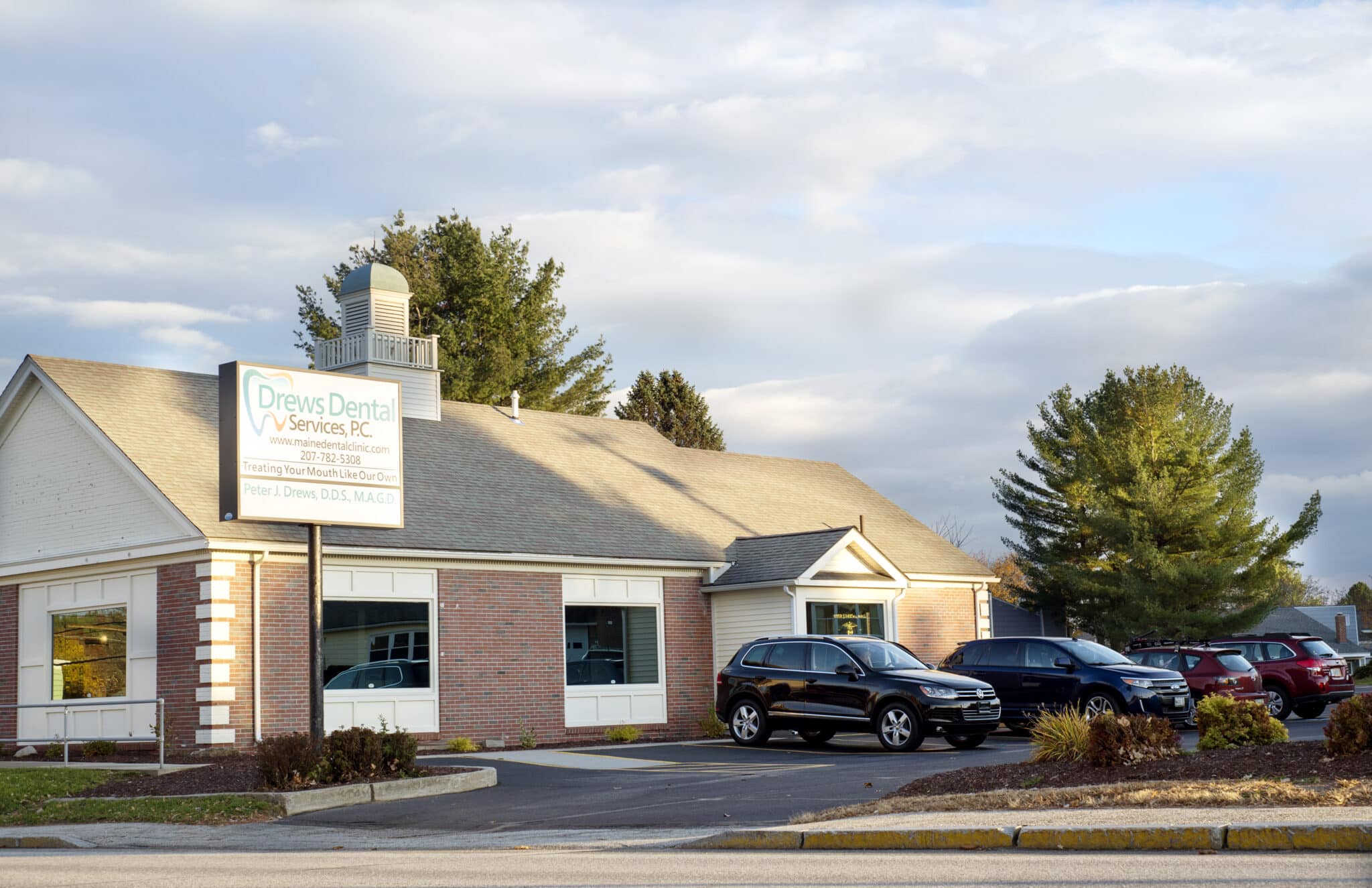When over half of a tooth’s biting surface is damaged, we recommend a very specific restoration to protect it from further decay and breakage. Crowns, inlays, and onlays all serve the purpose of adding strength to damaged teeth, while also restoring their appearance.

Other Preventive Services
All of these treatment options will require two visits. At your first appointment, the damaged tooth is ‘prepped’ to remove decay and create space for the restoration. We take measurements and digital impressions of the tooth and collect information about the adjacent and opposing teeth as well as a shade match to ensure an accurate color that blends well with the rest of your smile. You will leave with a temporary restoration to cover and protect the area until your next appointment.
Meanwhile, the information we gathered is transmitted to our lab where they fabricate and mill your permanent restoration. When you return for your second appointment, the temporary is removed and we bond the permanent to the prep. It is then adjusted, or “buffed,” until your bite feels comfortable.
All three of these restorations are made out of either porcelain, composite resin, or a metal alloy (like gold). Which material is selected depends on the function of the tooth as well as your aesthetic preferences.
Inlays
An inlay is small and only covers a portion of your tooth. This type of restoration is indicated when there is decay between the cusps (those bumpy parts on the surface of your back teeth that you use for crunching ice and chewing steak). Think of an inlay like a toupee for your tooth.
Onlays
A common area for food to collect is between the cusps of your teeth because they aid in chewing. When decay covers one or more cusps, or the entire biting surface of your tooth, an onlay is indicated. Placing a crown or filling instead would mean unnecessarily removing more tooth structure or weakening what remains of the tooth.
Crowns
Unlike an inlay or onlay, a crown provides full coverage. If you imagine your tooth like a sandcastle, then a crown would be the bucket you place over it, which adds stability and protection. The crown will be designed and created so that it meets your gum line, leaving no unsightly gaps, or lines, that will indicate it is anything other than natural tooth.
A Note About Labs We Use
When any of our patients choose to invest in their dental health, we want to ensure that the highest quality materials and craftsmanship is going into that restoration. We work exclusively with a couple of labs. Both are located in the United States, one is a local, family-owned business and we have a working relationship with both of the owners!
We like supporting small businesses and our first goal is to ensure that whatever is placed in your mouth has passed the strictest quality controls and safety standards per Federal guidelines. Outsourcing to other countries, due to cheaper labor rates, less technical expertise, and cheaper materials, means that there’s no guarantee on the purity or quality of the metals used in those restorations. We are not willing to take that risk just to save a few bucks on overhead.

Make an Appointment for Your Smile!




